bridal flowers
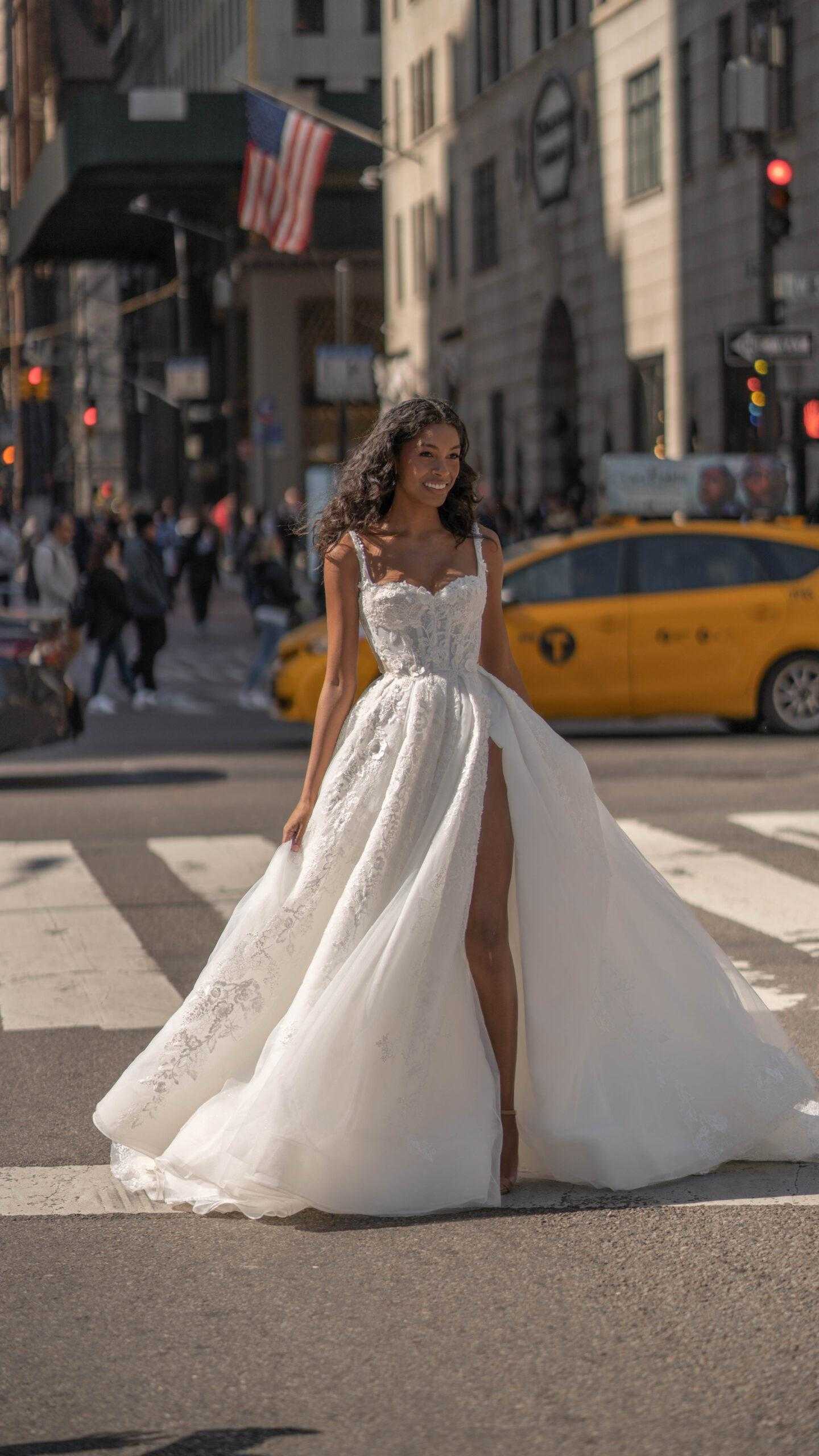
Table of Contents
- The Timeless Beauty of Bridal Bouquets and Their Meaning
- Choosing the Perfect Flowers for Every Wedding Theme
- Seasonal Selections: Best Bridal Flowers Throughout the Year
- Care and Preservation Tips for Lasting Wedding Flowers
- Incorporating Personal Touches: Customizing Your Floral Arrangements
- Q&A
- To Wrap It Up
The Timeless Beauty of Bridal Bouquets and Their Meaning
The bridal bouquet has been a cherished symbol in wedding traditions for centuries, serving as both a stunning accessory and a meaningful representation of love and commitment. Traditionally, the bouquet is composed of flowers that hold special significance, often chosen for their beauty, fragrance, and symbolism. Common choices include roses for love, lilies for purity, and orchids for beauty, each petal whispering a story woven into the fabric of the couple’s journey together.
To create a bouquet that resonates with personal meaning, couples can consider various elements such as color, flower type, and arrangement style. Here are some popular flowers along with their meanings:
- Roses: Symbol of love and passion
- Tulips: Represents perfect love
- Daisies: Signifies innocence and purity
- Peonies: A symbol of prosperity and good fortune
- Hydrangeas: Represents heartfelt emotions
Furthermore, incorporating unique and seasonal blooms can enhance the bouquet’s beauty while reflecting the couple’s personalities. Here’s a simple table showcasing some popular bridal bouquet styles and their characteristics:
| Style | Description |
|---|---|
| Classic Round | A timeless, full round shape with tightly clustered flowers. |
| Cascading | Flowers flow gracefully down, creating a waterfall effect. |
| Wildflower | A natural, whimsical look with a variety of blooms and greenery. |
| Asymmetrical | An artistic arrangement with flowers in varying heights. |
Ultimately, the bouquet not only complements the bride’s attire but also serves as a vital piece of the wedding celebration, grounding the union in fragrant blooms and timeless tradition. Choosing the right flowers allows the couple to express their love story while celebrating the beauty of new beginnings.

Choosing the Perfect Flowers for Every Wedding Theme
Choosing flowers for a wedding is a delightful yet significant task, as they play a vital role in setting the mood and enhancing the overall aesthetic. When aligning blooms with your wedding theme, consider the colors and styles that reflect your personality and vision. Whether you’re opting for a romantic garden look or a modern minimalist vibe, the right floral choices can effortlessly complement your decorations and attire. For a romantic theme, soft pastels and vintage hues work wonders. Think about incorporating peonies, roses, and lilies into your arrangements. These blooms not only exude elegance but also offer a timeless quality that pairs beautifully with lace and flowing fabrics. You can arrange them in lush bouquets or cascade them with greenery for an enchanting look. On the other hand, if your theme leans towards the bohemian, consider using wildflowers and bold colors. Mixing sunflowers, dahlias, and ferns can create an organic, free-spirited vibe that celebrates nature’s beauty. Modern themes call for clean lines and striking contrast. Opt for flowers like calla lilies, orchids, or anemones in smart arrangements. Pair these with geometric vases and metallic accents. To make planning easier, refer to the helpful table below for an overview of suitable flowers for various wedding themes:| Wedding Theme | Recommended Flowers | Color Palette |
|---|---|---|
| Romantic | Roses, Peonies, Lilies | Pastels, Whites |
| Bohemian | Sunflowers, Dahlias, Wildflowers | Bright Colors |
| Modern | Calla Lilies, Orchids, Anemones | Contrasting Shades |
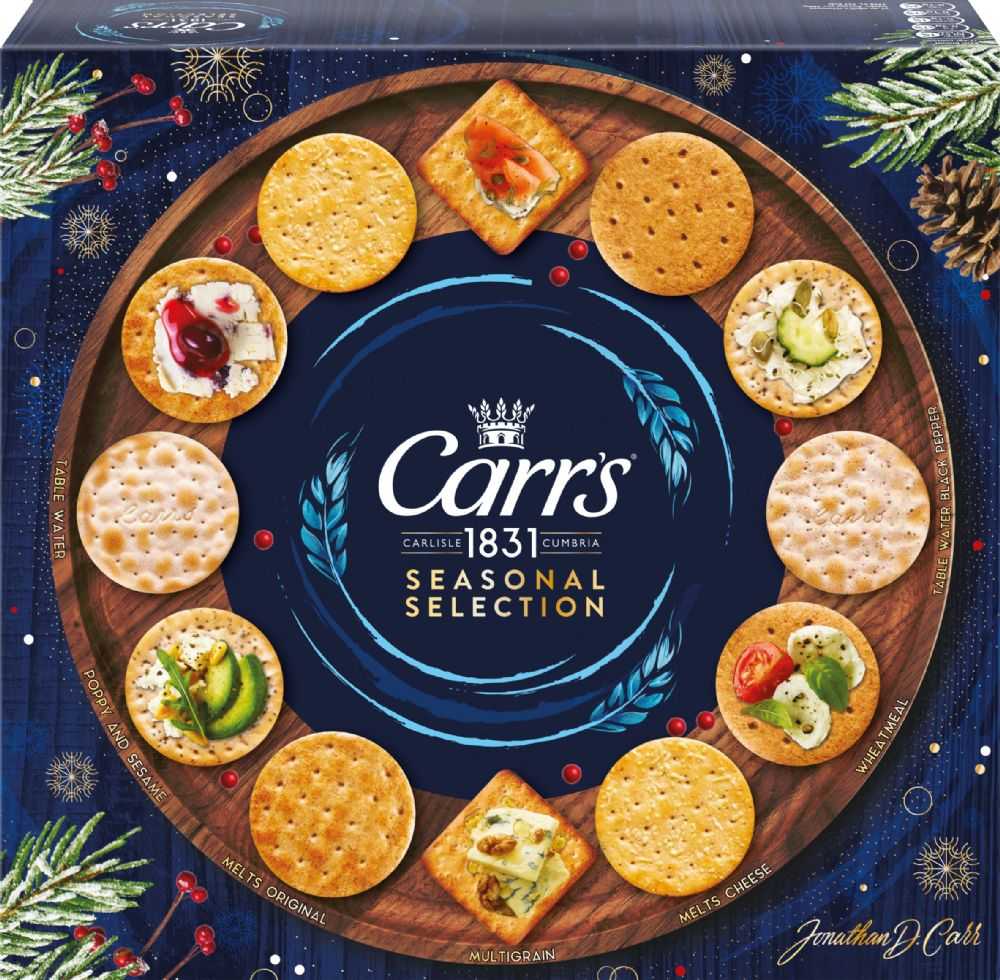
Seasonal Selections: Best Bridal Flowers Throughout the Year
When planning your wedding, the choice of bridal flowers should harmonize with the season, enhancing your overall theme and aesthetic. Each season boasts its own unique blooms, which can complement the venue and add a touch of natural beauty. Spring is renowned for its fresh, vibrant flowers, including peonies, daisies, and lilacs. These choices reflect the season’s essence, bringing a sense of renewal and joy to your special day. Pairing these blossoms with greenery can create a fresh bouquet that captures the spirit of springtime celebrations.
Come summer, the flower selection shifts towards bright and bold colors. Sunflowers, hydrangeas, and roses are popular picks that embody the warmth and vibrancy of the season. They not only add a pop of color but also have that sun-kissed fragrance, which can evoke feelings of joy and festivity. Consider utilizing tropical flowers like orchids or birds of paradise for a more exotic feel, perfectly suited for outdoor or beach weddings.
As the leaves begin to change in autumn, brides can embrace a palette of rich, warm hues. Flowers such as chrysanthemums, calla lilies, and dahlias are excellent choices for this season, reflecting the beautiful colors of fall foliage. For a charming rustic theme, incorporating elements like berries and foliage alongside your flower selections can enhance the overall aesthetic. Creating a wedding flower table can help visualize your options:
| Season | Popular Bridal Flowers |
|---|---|
| Spring | Peonies, Daisies, Lilacs |
| Summer | Sunflowers, Hydrangeas, Roses |
| Autumn | Mums, Calla Lilies, Dahlias |
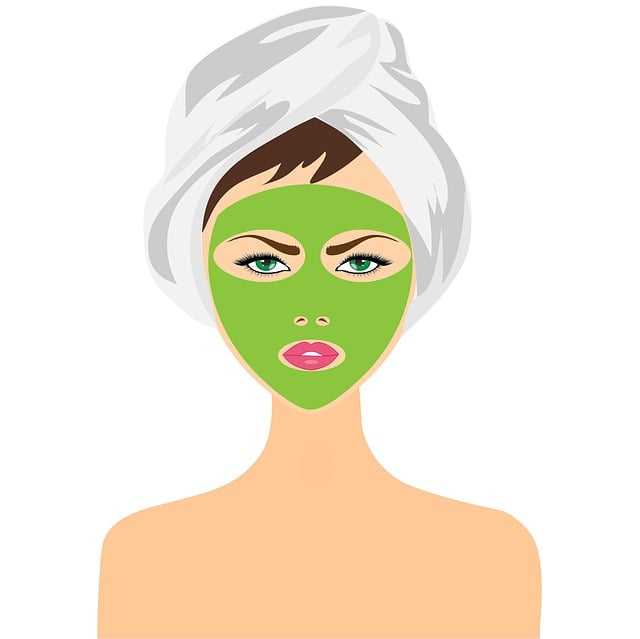
Care and Preservation Tips for Lasting Wedding Flowers
To ensure that your bridal flowers maintain their beauty long after the big day, proper care is essential. Start by keeping them hydrated; immediately after the ceremony, place your bouquet in a vase filled with fresh water. If possible, use a floral preservative solution, which can be easily mixed according to the package instructions. This will help nourish the flowers and extend their lifespan significantly.
Another important aspect is temperature control. Avoid exposing your wedding flowers to direct sunlight or heat sources, as this can cause wilting and color fading. Instead, store them in a cool, dark place, ideally in an area with good air circulation. Tips for maintaining optimal conditions include:
- Refrigerating the flowers overnight before the event.
- Using a cool mist humidifier to maintain humidity levels.
- Transporting them in air-conditioned vehicles when moving between locations.
Once the festivities are over, consider preserving your flowers for future enjoyment. You can use a variety of methods, such as air drying, pressing, or even preserving them in resin. Each method provides a unique way to cherish your bridal bouquet forever. For a quick reference, here’s a simple comparison of the preservation methods:
| Method | Pros | Cons |
|---|---|---|
| Air Drying | Easy and natural | Colors may fade over time |
| Pressing | Great for scrapbooks | May not retain 3D shape |
| Resin Preservation | Long-lasting and beautiful | More time-consuming and requires materials |

Incorporating Personal Touches: Customizing Your Floral Arrangements
When planning your bridal flowers, it’s essential to reflect your personality and style in the arrangements. Customizing your floral displays means incorporating elements that resonate with you and your partner. Here are some ways you can make your arrangements uniquely yours:
- Color Schemes: Choose colors that complement your wedding theme or represent significant moments in your relationship. Whether it’s soft pastels or vibrant hues, this choice creates a visual representation of your love story.
- Flower Choices: Select flowers that hold personal significance to you or your family. Perhaps you love daisies because they remind you of summer afternoons, or maybe your grandmother’s favorite roses are a must.
- Unique Vases and Holders: Look beyond traditional glass vases. Vintage teacups, rustic wooden crates, or even heirloom items can serve as charming vessels that tell your story.
Another consideration is to incorporate elements or symbols that celebrate your journey together. You can add accents that refer to shared hobbies or memories, creating more than just an aesthetic; it becomes a heartfelt narrative. Consider integrating:
| Element | Personal Touch |
|---|---|
| Ribbons | Use colors or patterns that signify special dates or shared experiences |
| Gems | Add your birthstone for a personal flare in the arrangements |
| Photos | Incorporate small frames with cherished memories among the arrangements |
Personal touches can also be conveyed through floral arrangements’ structure or style. A cascading bouquet might represent a dreamy, romantic vibe, while a structured, modern arrangement could reflect your contemporary taste. Seating arrangements and table centerpieces are equally important. Whether you prefer an elegant look or something casual, utilizing elements from your personal life can make even the smallest details feel significant. Ideas to consider include:
- Seasonal Blooms: Embrace the season of your wedding to incorporate native flowers or plants.
- Floral Monograms: Use flowers to shape initials or symbols that represent your relationship.
- Table Decor: Engage guests with interactive elements, like a “flower memory” card where they can share a meaningful memory with your chosen blooms.
Q&A
Q&A about Bridal Flowers
Q: What are bridal flowers and why are they important for a wedding? A: Bridal flowers encompass the entire floral arrangement used during a wedding, with a particular emphasis on the bride’s bouquet. These flowers are not only a stunning visual element but also carry deep personal significance and cultural symbolism. They help to create the wedding’s overall aesthetic, complementing the dress and setting the mood for the ceremony.Q: What types of flowers are commonly used in bridal bouquets? A: Popular choices for bridal bouquets include roses, peonies, lilies, and tulips. Each flower has its own meaning, which can add a personal touch to the arrangement. For example, roses symbolize love and passion, while peonies represent good fortune and prosperity. Choosing a mix of different blooms can create a unique and meaningful bouquet.
Q: How can a couple choose the right flowers for their wedding? A: When selecting flowers, couples should consider the season, color palette, and personal preferences. Consulting with a professional florist can provide valuable insights into what flowers are in season and best suited for the desired theme. It’s also helpful to create a mood board to visualize how different flowers and colors will come together.
Q: Can the bridal bouquet match the bridesmaids’ flowers? A: Absolutely! Many brides choose to create a cohesive look by coordinating the bridesmaids’ bouquets with their own. This could mean using the same flower types in varying sizes or colors or selecting a similar style that complements the bridal bouquet without overshadowing it.
Q: What are some modern trends in bridal flower arrangements? A: Current trends include the use of wildflowers for a more organic and natural look, as well as bold, vibrant colors that make a statement. Some brides are opting for non-traditional elements, such as dried flowers or even floral installations that create a stunning backdrop. Personalization is key, and creative designs that reflect the couple’s personalities are very much in vogue.
Q: How should a bride care for her bouquet on the wedding day? A: To maintain the freshness of the bouquet, the bride should keep it in water whenever possible before the ceremony. It’s advisable to hold the bouquet by the stems to avoid crushing the blooms. After the ceremony, placing the bouquet in water will help preserve it for the photographer and can be a lovely keepsake.
Q: Are there alternatives to traditional flowers for bridal arrangements? A: Yes! Many brides are now considering alternatives like fabric flowers, paper flowers, or even jewelry arrangements for a unique touch. These alternatives can often be customized to fit the wedding’s color scheme and theme, and they provide a lasting memento of the special day.
Q: What should be included in the wedding flower budget? A: When budgeting for bridal flowers, consider not only the bouquet but also arrangements for the ceremony, reception centerpieces, boutonnieres, and flower crowns. A comprehensive budget should account for the type of flowers, arrangement complexity, delivery, and setup fees. Discussing these elements with a florist can help in understanding the costs involved.
Q: How far in advance should brides order their flowers? A: Ideally, brides should start discussing their floral needs six to nine months before the wedding. This timeline allows for ample planning and ensures that the florist can source the desired flowers, especially if they are seasonal or specific to the couple’s vision.
This Q&A provides an engaging overview of bridal flowers, helping couples navigate the intricacies of their special day with confidence and creativity.

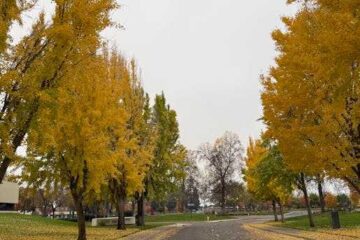

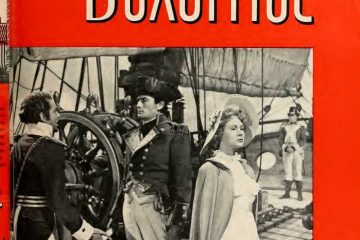
0 Comments